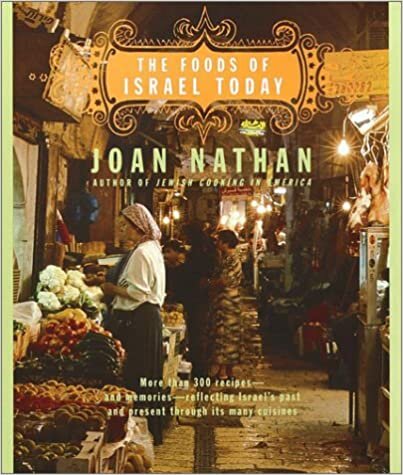Ten years ago I paid my first and only visit to Israel/Palestine and I had a conversion experience. Not to Jesus or Judaism or any of the many flavors of ancient Christianity on offer.
No, I was converted to olives.
Understand that up to this point my primary acquaintance with olives was in the form of the flabby black rings that came from a can and looked and tasted like tires. Or, more rarely, a pimento-stuffed one nicked out of a parent’s martini: hard to say which was worse, the drink or its garnish.
I was always rather sad about this because olives seemed, in principle, to be cool and sophisticated. I wanted to be the kind of person who eats olives. Alas. I was not.
And then, by one of those odd series of circumstances in life in which you end up at the Greek Orthodox monastery attached to the Church of the Nativity in Bethlehem (not the Armenian Apostolic or the Roman Catholic monastery, mind you), I was confronted with a lavish feast amidst which sat a plate heaped with glistening, oozing olives. They were honestly black, not chemically black, wrinkled and puckered and very inviting. I don’t like olives, I said to myself. But a taste can’t hurt.
Well, I won’t bother you with the immoderate and propagandistic praise of the convert. Let’s just say that I love them now—the real ones, not the imitation horrors that show up on pizza.
This naturally led me on to Israeli cookbooks to make good use of my newfound love…
Read more